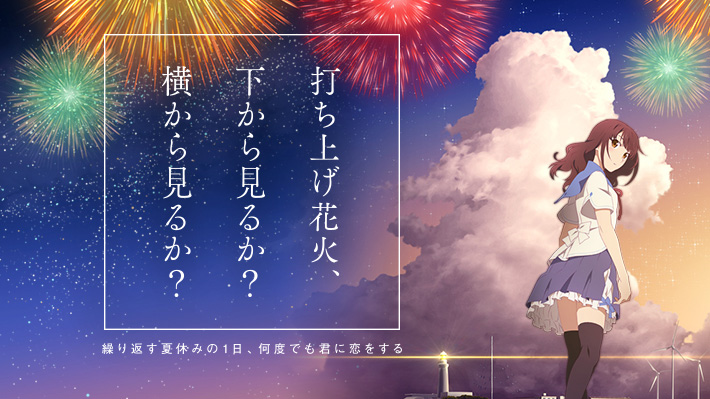
Live-action adaptations of manga and anime are common—the reverse, not so much.
The live action-to-anime adaptation is a rare beast indeed, but one that seems to be of particular interest to popular indie director Shunji Iwai, who, in 2015, used animation to create a prequel to his 2004 film Hana and Alice.
Now another Iwai classic has been given the anime treatment. This time around it’s Fireworks: Should We See It from the Side or the Bottom? (yes, the Japanese title is also a mouthful), a TV film from the early 90s that’s been anime-ized by studio Shaft.
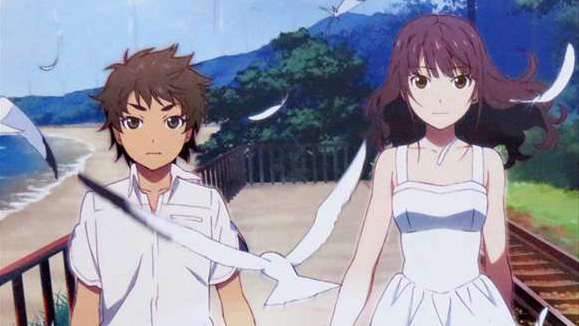
The story, largely unaltered from the original, takes place in a countryside town on the eve of a fireworks festival. A group of six-grade boys, including protagonist Norimichi (Masaki Suda) get into an argument about whether exploding fireworks, when viewed from the side, appear round or flat. To find out, they decide to watch the fireworks from the local lighthouse—but their plans are complicated by Nazuna (Suzu Hirose), a cute but melancholic girl from class who decides to run away from home with one of the boys in tow.
But with which boy? Nazuna decides by having Norimichi and his pal Yusuke (Mamoru Miyano) race in the school pool. Yusuke wins, which, as the day goes on, leads to a series of events Norimichi wishes he could change—and, lo and behold, finds himself traveling back in time to the moment of the race thanks to a magical bead introduced early in the film. As he and Nazuna attempt to flee town, Norimichi continues to use the bead to travel back in time to get out of jams and create a perfect day.
It may be simply because I’m a fan of the original—but for me, something just doesn’t quite come together in this new version of Fireworks.
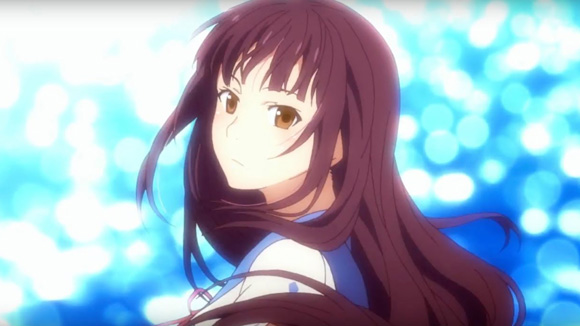
It’s not for lack of talent: the impressive list of people involved includes screenwriter Hitoshi Ohne (Bakuman) and directors Nobuyuki Takeuchi and Akiyuki Shinbo.
Iwai’s original Fireworks clocks in at a brisk 50 minutes and features only one bit of time jumping on the part of Norimichi (the anime adds the time travel-enabling bead: in the original, it just kind of happens). The new film stretches the story out to 90 minutes, and feels a bit languid as a result.
The quality of the animation is also a mixed bag. Fireworks was animated by Shaft, who have proven with films like Madoka Magica and Kizumonogatari they can do top-level theatrical anime as well as anyone—but while Fireworks has a few nice shots, the majority of the film doesn’t particularly impress, and there are a few CG-animated shots that are simply bad. (This is the part where I acknowledge it may not be fair to compare Kizumonogatari, which took years, to this film, seemingly rushed out to capitalize on the Your Name phenomenon.)
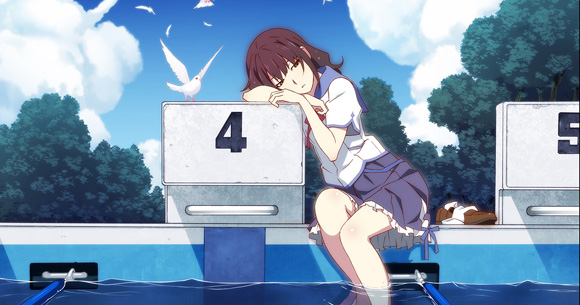
But just as anime-to-live-action adaptations often lose that crucial something in translation, I’m not convinced this is a story meant to be told in animated form—at least the way Shaft has chosen to do it. The most charming part of Iwai’s Fireworks was seeing its young protagonists (the actors who played Norimichi and Nazuna were 12 and 14 at the time) awkwardly navigate their young summer crushes. As talented as Suda and Hirose may be, they’re both significantly older, and don’t quite capture that same innocence—the older-looking character designs don’t help, either.
2016 proved that theatrical anime can appeal to a non-otaku audience and bring in some big bucks, and Fireworks appears to be one of the first films made with that idea firmly in mind. Recruiting the folks at Shaft to retell a tell by one of Japan’s most beloved indie filmmakers: a great concept, but the execution falls a bit flat.
Matt Schley is Otaku USA’s man in Japan and e-News editor.


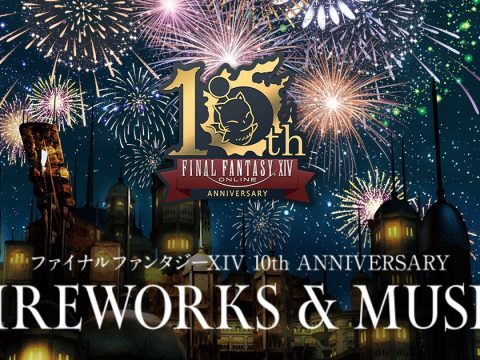
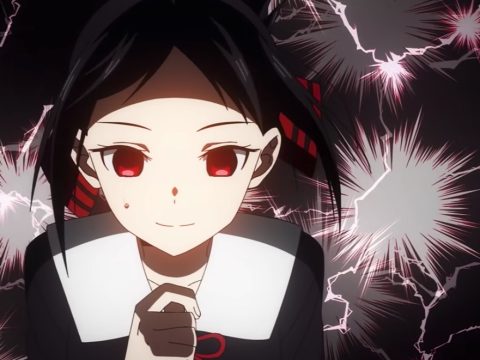

![Lady Oscar: The Rose of Versailles [Anime Review] Lady Oscar: The Rose of Versailles [Anime Review]](https://otakuusamagazine.com/wp-content/uploads/2021/11/RoV_Vol2_Front_CoverArt_V1-480x360.jpg)
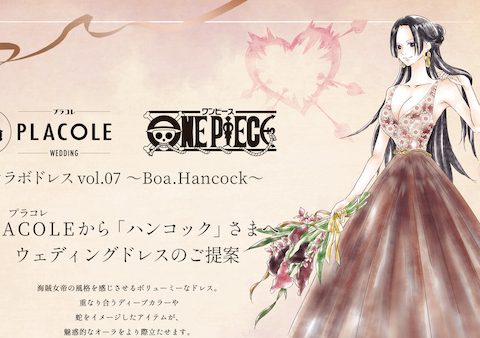
![Shikimori’s Not Just a Cutie [Manga Review] Shikimori’s Not Just a Cutie [Manga Review]](https://otakuusamagazine.com/wp-content/uploads/2021/05/shikimoris-not-just-a-cutie-v4-16-9-480x360.jpg)